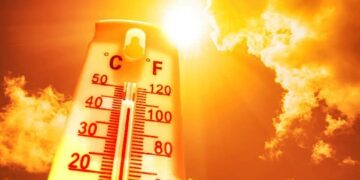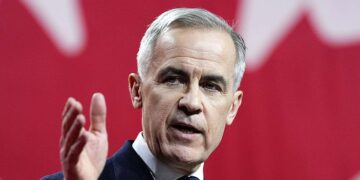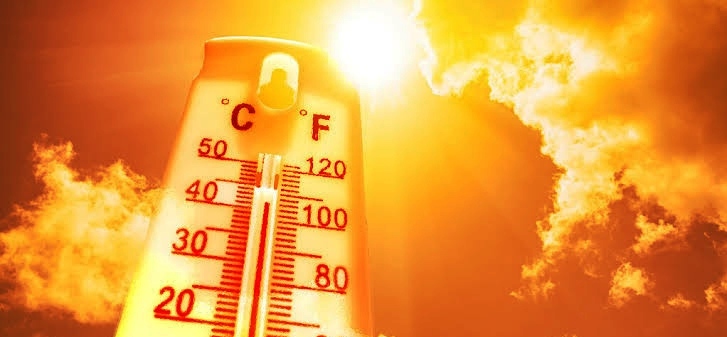By John Ikani
It’s official, folks. The year 2022 has gone down in the history books as one of the warmest on record, precisely the fifth or sixth.
According to the United Nations’ weather agency, the World Meteorological Organisation (WMO), global temperatures reached unprecedented levels, with the average temperature soaring 1.15 degrees Celsius above pre-industrial levels.
This compares with 1.09C (33.96F) from 2011 to 2020 and indicates that long-term warming shows no signs of stopping.
But it’s not just the numbers that are alarming, it’s the impact on our planet. From Pakistan to China, Europe, North and South America, and the Horn of Africa, raging wildfires, devastating floods, and merciless droughts have left communities in ruin.
The WMO reports that these climate-related disasters have claimed countless lives and livelihoods, and have severely undermined global health, food, energy, and water security.
As if that wasn’t enough, just when we thought it couldn’t get any worse, severe storms began ravaging North America in late December, bringing with them heavy snow, high winds, and flooding.
The WMO Secretary-General, Prof. Petteri Taalas, called it “a perfect storm of environmental disasters.”
But why, you may ask, did the world reach such a boiling point? The WMO points the finger at rising greenhouse gas concentrations and accumulated heat.
And while the cooling effect of the La Niña phenomenon did prevent 2022 from being the warmest year ever, the WMO warns that this effect will be short-lived and will not reverse the long-term warming trend caused by record levels of heat-trapping greenhouse gases in our atmosphere.
So, what can be done to douse the flames? The WMO is calling on all nations to step up preparedness for extreme weather events and to take immediate action to reduce greenhouse gas emissions.
The future of our planet depends on it. Because, as the saying goes, “a stitch in time saves nine.” Let’s not wait for the world to burn down before taking action.



































